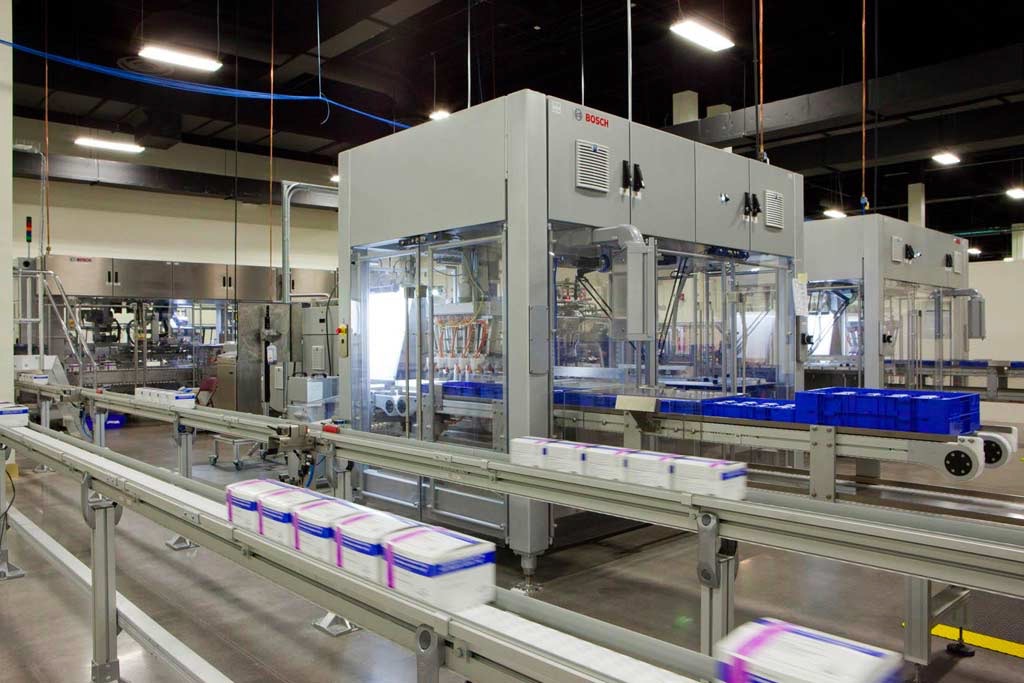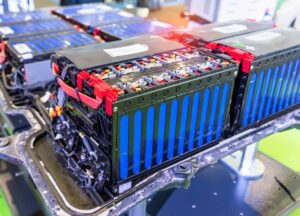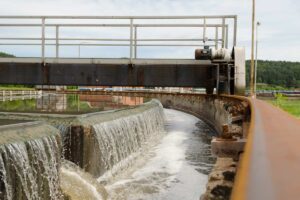Zero Liquid Discharge (ZLD) is an industrial process that eliminates all wastewater discharge from a manufacturing plant. By definition, zero liquid discharge means “the complete elimination of any and all pollutants in the water leaving the plant.” This includes not just traditional pollutants, like solids, oils, and chemicals, but also thermal pollution (ie. heated water). While it may seem like an extreme measure, there are many benefits to implementing ZLD technology. Let’s take a closer look at what makes this process so important.
Benefits of targeting zero liquid discharge for an industrial process or facility
- lower waste volume
- lower cost associated with waste management
- good for the economy
- environmentally friendly
- demonstrates corporate responsibility and environmental stewardship
- reuse of water
- fewer greenhouse gases are produced
What are some Common applications for Zero Liquid Discharge (ZLD)?
Industrial waste, from manufacturing facilities to oil and gas refineries , is a major factor of pollution. In fact, it’s been estimated that between 22% and 34% of all water pollution comes from nonpoint sources – ie. runoff from farms or industrial waste.
This means that controlling the waste produced by industrial processes is one of our best defenses against water pollution, and ZLD helps us do exactly that. By eliminating all wastewater discharge from a manufacturing plant, or oil refinery we not only reduce traditional pollutants like solids, oils, chemicals etc., but also thermal pollution (ie. heated water).
This is important because heated water can have a devastating impact on aquatic ecosystems. For example, the increased temperature of discharged wastewater can increase the metabolism of aquatic organisms, upset the natural balance of ecosystems, and lead to the death or displacement of fish and other wildlife.
In addition to its environmental benefits, ZLD also offers economic advantages. For one, waste management costs are reduced when all wastewater is eliminated. Additionally, many companies find that they can recycle and reuse more of their waste products when using a ZLD system, which saves money on raw materials. These waste product resources that are present in wastewater include metals, plastics, and oil. By recovering these resources we can reduce our dependence on raw materials, which is good for the economy.
Finally, it’s worth noting that ZLD technology is becoming increasingly popular due to its green credentials. By reducing our reliance on traditional waste management methods – like landfills and incineration – we can help to reduce our carbon footprint and fight climate change.
This means that controlling the waste produced by industrial processes is one of our best defenses against water pollution, and ZLD helps us do exactly that. By eliminating all wastewater discharge from a manufacturing plant, or oil refinery we not only reduce traditional pollutants like solids, oils, chemicals etc., but also thermal pollution (ie. heated water).
This is important because heated water can have a devastating impact on aquatic ecosystems. For example, the increased temperature of discharged wastewater can increase the metabolism of aquatic organisms, upset the natural balance of ecosystems, and lead to the death or displacement of fish and other wildlife.
In addition to its environmental benefits, ZLD also offers economic advantages. For one, waste management costs are reduced when all wastewater is eliminated. Additionally, many companies find that they can recycle and reuse more of their waste products when using a ZLD system, which saves money on raw materials. These waste product resources that are present in wastewater include metals, plastics, and oil. By recovering these resources we can reduce our dependence on raw materials, which is good for the economy.
Finally, it’s worth noting that ZLD technology is becoming increasingly popular due to its green credentials. By reducing our reliance on traditional waste management methods – like landfills and incineration – we can help to reduce our carbon footprint and fight climate change.
Why "near-zero liquid discharge" or "minimal liquid discharge" is not ideal.
While it is important to target zero liquid discharge, achieving “near-zero” or “minimal” liquid discharge is not always ideal.
This is because of the energy and resources that are required to treat and recycle waste products to such a low level. For example, treating wastewater to near-zero levels often requires the use of distillation or reverse osmosis systems, which are expensive to operate and require a great deal of energy.
This is because of the energy and resources that are required to treat and recycle waste products to such a low level. For example, treating wastewater to near-zero levels often requires the use of distillation or reverse osmosis systems, which are expensive to operate and require a great deal of energy.
What are some Common applications for Zero Liquid Discharge (ZLD)?
Industries like manufacturing facilities and oil and gas refineries produce a large amount of waste that can have a negative impact on the environment if not properly managed. Implementing zero liquid discharge technology can help to mitigate this damage by eliminating all wastewater discharge from the plant. This not only reduces traditional pollutants like solids, oils, and chemicals, but also thermal pollution (ie. heated water).
How does Zero Liquid Discharge comply with the US Government's Clean Water Act of 1972?
The Clean Water Act of 1972 is a United States federal law that protects the nation’s water resources by regulating discharges into waterways. The act establishes the National Pollutant Discharge Elimination System (NPDES), which requires industrial facilities to obtain permits for any discharge of waste into navigable waters.
Zero Liquid Discharge technology helps to meet these waste management requirements by eliminating the need for wastewater discharge. This reduces volume, cost, and pollution associated with waste disposal methods like landfills or incineration.
In conclusion, when it comes to waste management, zero liquid discharge should be one of our top priorities. Not only does this process help us reduce waste volume and save money on waste management costs, but it also helps to protect our environment by reducing traditional pollutants and thermal pollution. So, if you’re looking for a way to reduce your environmental impact, Zero Liquid Discharge should be high on your list of options.
Zero Liquid Discharge technology helps to meet these waste management requirements by eliminating the need for wastewater discharge. This reduces volume, cost, and pollution associated with waste disposal methods like landfills or incineration.
In conclusion, when it comes to waste management, zero liquid discharge should be one of our top priorities. Not only does this process help us reduce waste volume and save money on waste management costs, but it also helps to protect our environment by reducing traditional pollutants and thermal pollution. So, if you’re looking for a way to reduce your environmental impact, Zero Liquid Discharge should be high on your list of options.

Nephron Pharmaceuticals recently hired Vacom Systems to provide Zero Liquid Discharge (ZLD) wastewater management to its new, $100,000,000 medical products manufacturing factory in West Columbia, SC




